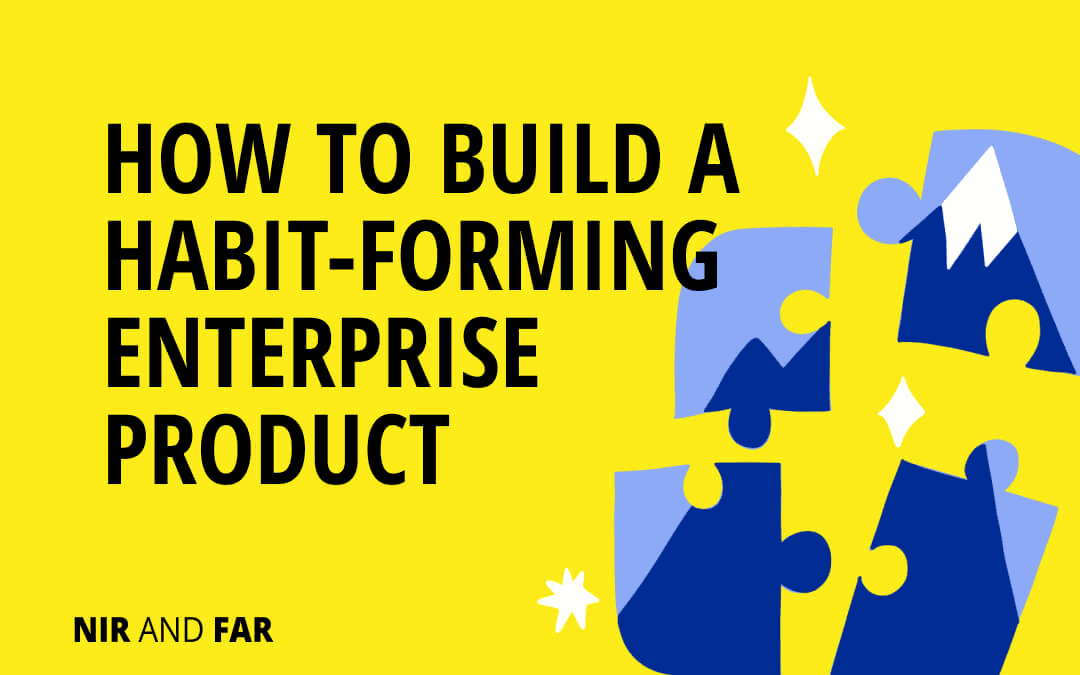For companies building products for enterprise customers, increasing customer retention by just 5 percent increases profits by 25 to 95 percent. Yet keeping customers isn’t easy. Eighty percent of B2B buyers say they switch suppliers at least once in two years.
User retention is perhaps the most important metric for SaaS providers, who offer products or services that must engage customers regularly to ensure they don’t churn.
To improve client retention, B2B-focused companies need a framework to keep customers engaged. The Hooked Model, based on my first book, Hooked, is a guide for building long-lasting customer habits.
Though the Hooked Model is easy to spot in consumer applications, like social media sites, ed-tech apps, or games, the model is just as effective in enterprise applications.
Hooked for the Enterprise
- a trigger to prompt the use of the product
- an action, which is the simplest behavior done in anticipation of relief
- a variable reward that satisfies the user’s need
- an investment that makes the product more valuable with use
As enterprise users go through these phases, they build new habits. The Hooked Model connects the users’ problem to the service providers’ product with enough frequency to form a habit.
Here’s how enterprise service providers can use the Hooked Model to decrease user churn and increase engagement.
Behavior Can Be Designed.
Download our course on Product Psychology.
Your email address is safe. I don't do the spam thing. Unsubscribe anytime. Privacy Policy.
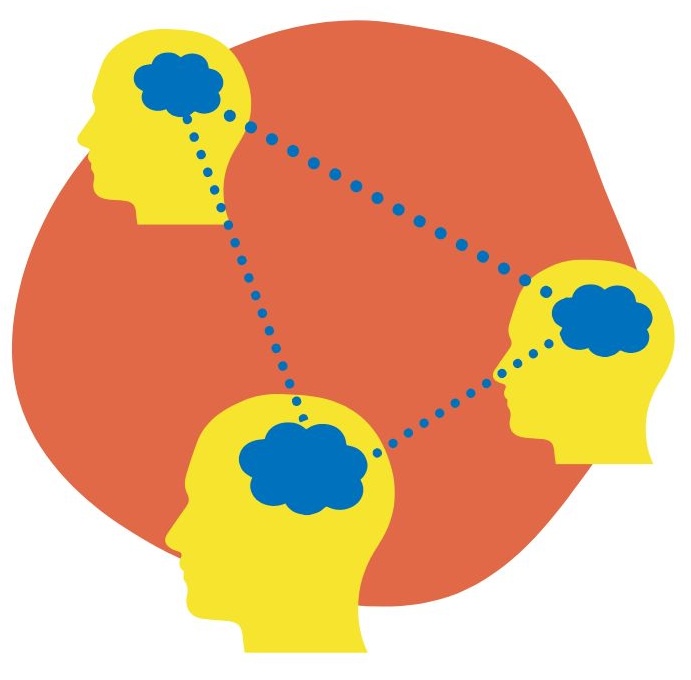
Trigger
There are two types of triggers: external and internal.
Internal triggers are negative emotions like anxiety, uncertainty, and stress—feelings frequently experienced by business people throughout their work day. Habit-forming products and services offer a solution to that discomfort. Whenever users feel a specific internal trigger, they turn to a product or service with little or no conscious thought.
The goal is to eventually have users build an association between their internal trigger and your product. Products and services foster that association using external triggers.
External triggers are the pings, dings, and rings that prompt users to action and tells them what to do next.
Consider Salesforce Sales Cloud, a customer relationship management tool that uses internal and external triggers to engage users.
Salespeople typically work toward monthly and quarterly quotas. When they haven’t yet hit their target, they often feel stress and pressure. They might also experience uncertainty and confusion regarding which leads to focus on next.
Sales Cloud can be configured to automatically email salespeople to let them know when an opportunity needs attention: for example, when opportunities of $300,000 or more reach a probability of 90 percent closing.
By sending an external trigger, like a notification, the service associates itself with the feeling of uncertainty about hitting a sales quota. Eventually, the salesperson checks Sales Cloud without explicit prompting, but when they experience the fear of not hitting their numbers.
Action
The action phase of the Hooked Model is defined as the simplest behavior done in anticipation of relief from a psychological itch.
Habit-forming enterprise companies need to understand and minimize the effort required for clients to use their products or services.
If the effort of the action outweighs the reward, users are likely to find alternatives.
For enterprise customers, the “action phase” of the Hooked Model could be something as easy as checking a dashboard, opening an app, or scrolling a feed. The fewer steps or clicks the user must take, the better.
In the Salesforce example above, the action is simply opening the dashboard.
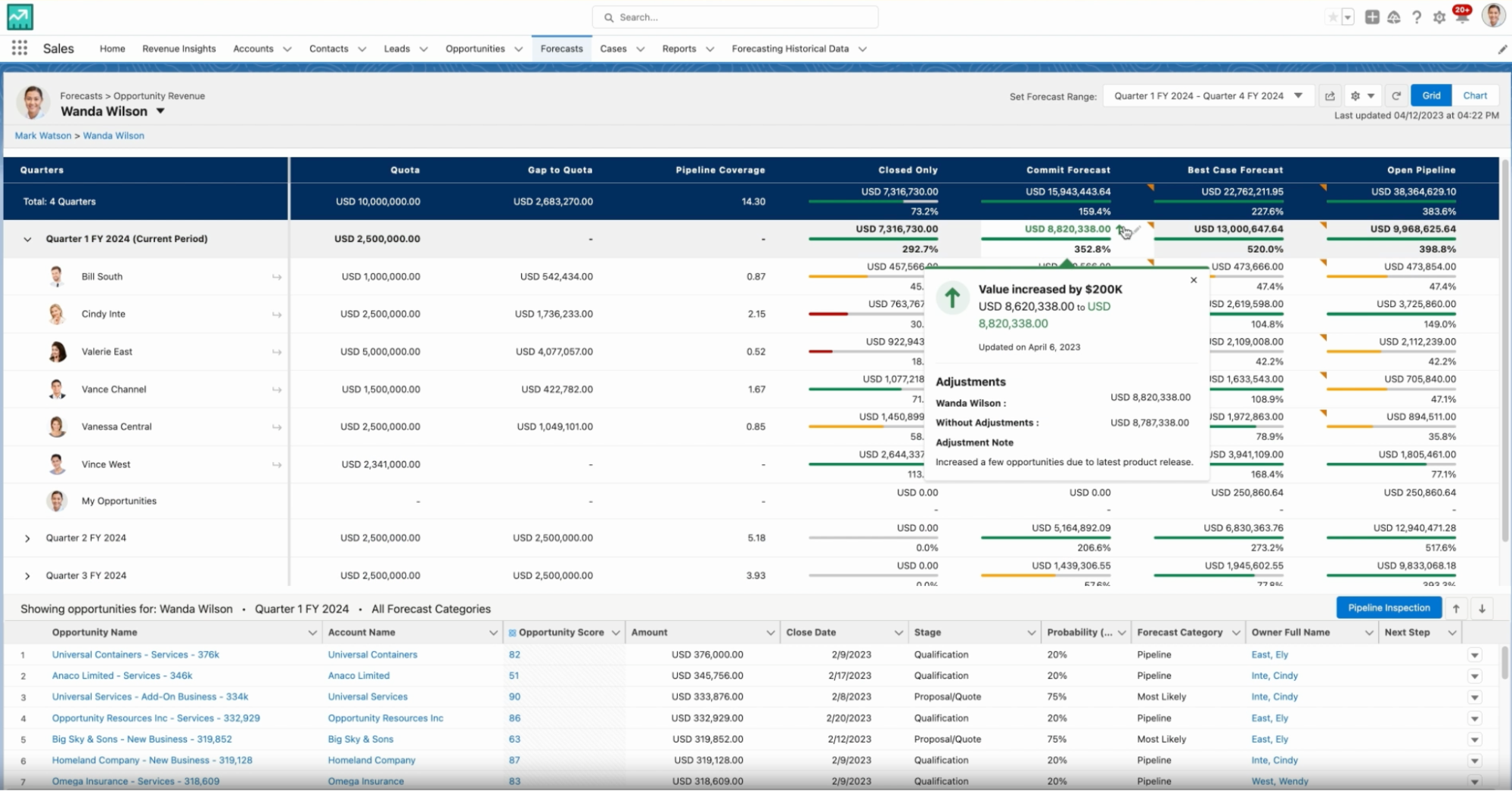
Variable Reward
Whether for consumer or enterprise applications, habit-forming products not only give the user immediate gratification; they also provide some sort of variable reward. It is the fact that the relief from the psychological itch is uncertain, that brings users back.
However, not all kinds of variable rewards will work for all products.
For example, while gamification (like points, badges, and leaderboards) may work in consumer applications where the internal trigger is boredom, cheap tricks won’t work for sophisticated enterprise customers.
For enterprise users, the internal trigger isn’t boredom but rather workplace stress or uncertainty. Therefore, the variable reward must provide clarity and certainty to help the enterprise worker be more effective.
For example, a brand design team overwhelmed with requests to design ads, presentations, social media posts, and reports might use Canva, an online graphic design tool. (Full disclosure: I’m an investor in Canva).
When designers receive a notification of a design request, they can click on it to visit the Canva dashboard, where they are rewarded with thousands of easy-to-use templates that they can use to complete their projects quickly. Searching and finding the right template relieves their internal trigger of fear they won’t fulfill their clients’ demands.
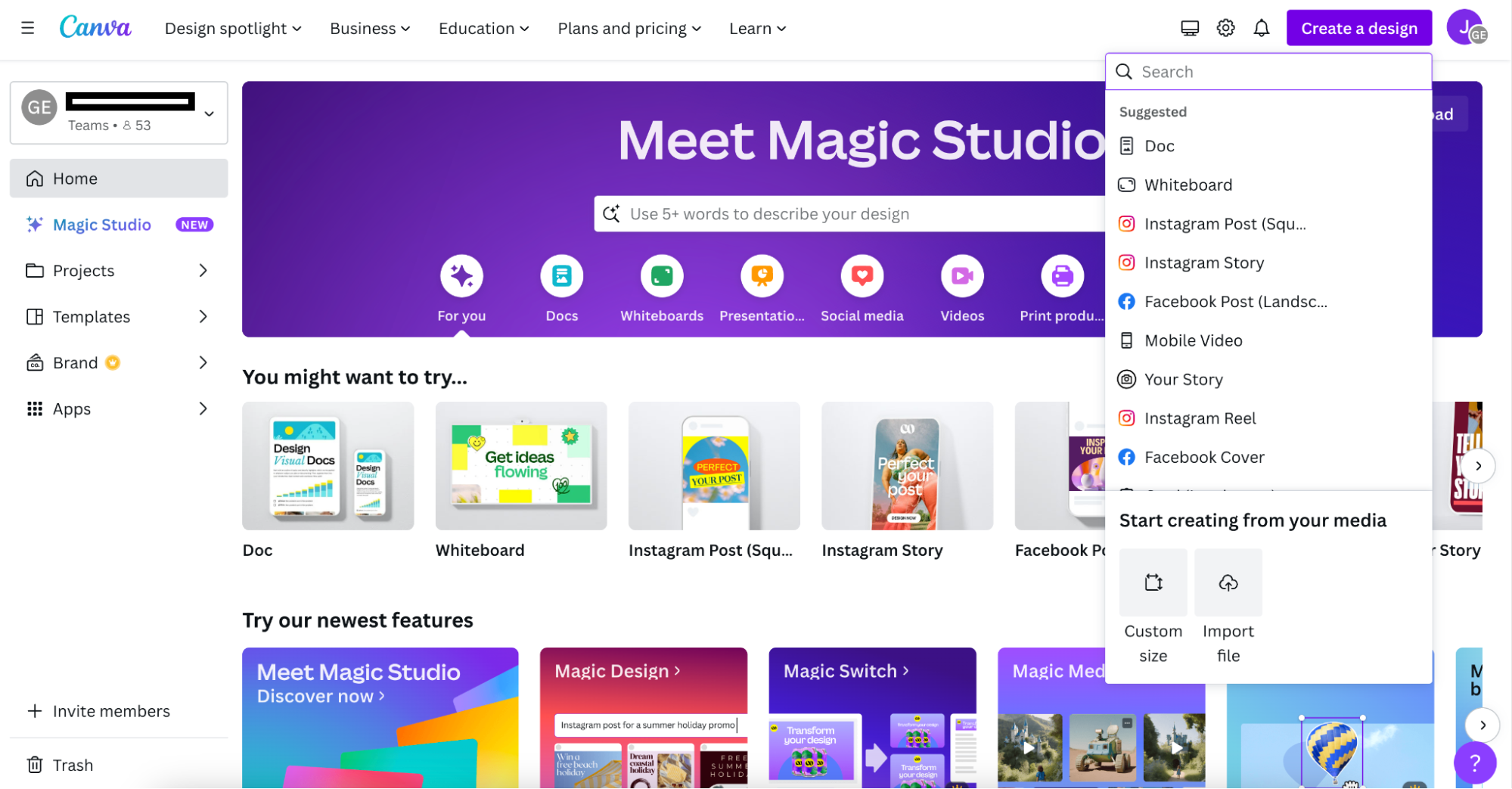 Source: Canva.com
Source: Canva.comInvestment
The trigger, the action, and the variable reward engage the user. But it is the investment phase of the Hooked Model that ultimately brings them back.
Whenever users interact with a habit-forming product, they put something into the service that makes it better with use, such as time, content, money, reputation, or (most commonly) data.
For example, teams who use Monday.com, a work management tool, are prompted to track the progress of a project, assign tasks, and more.
Every time they invest in the product, they become more committed to it as it stores value with use. The more they invest in it, the less likely they are to churn out.
The more teams invest in Monday.com by creating a workflow automation involving their colleagues, the better it is at helping them efficiently manage their projects.
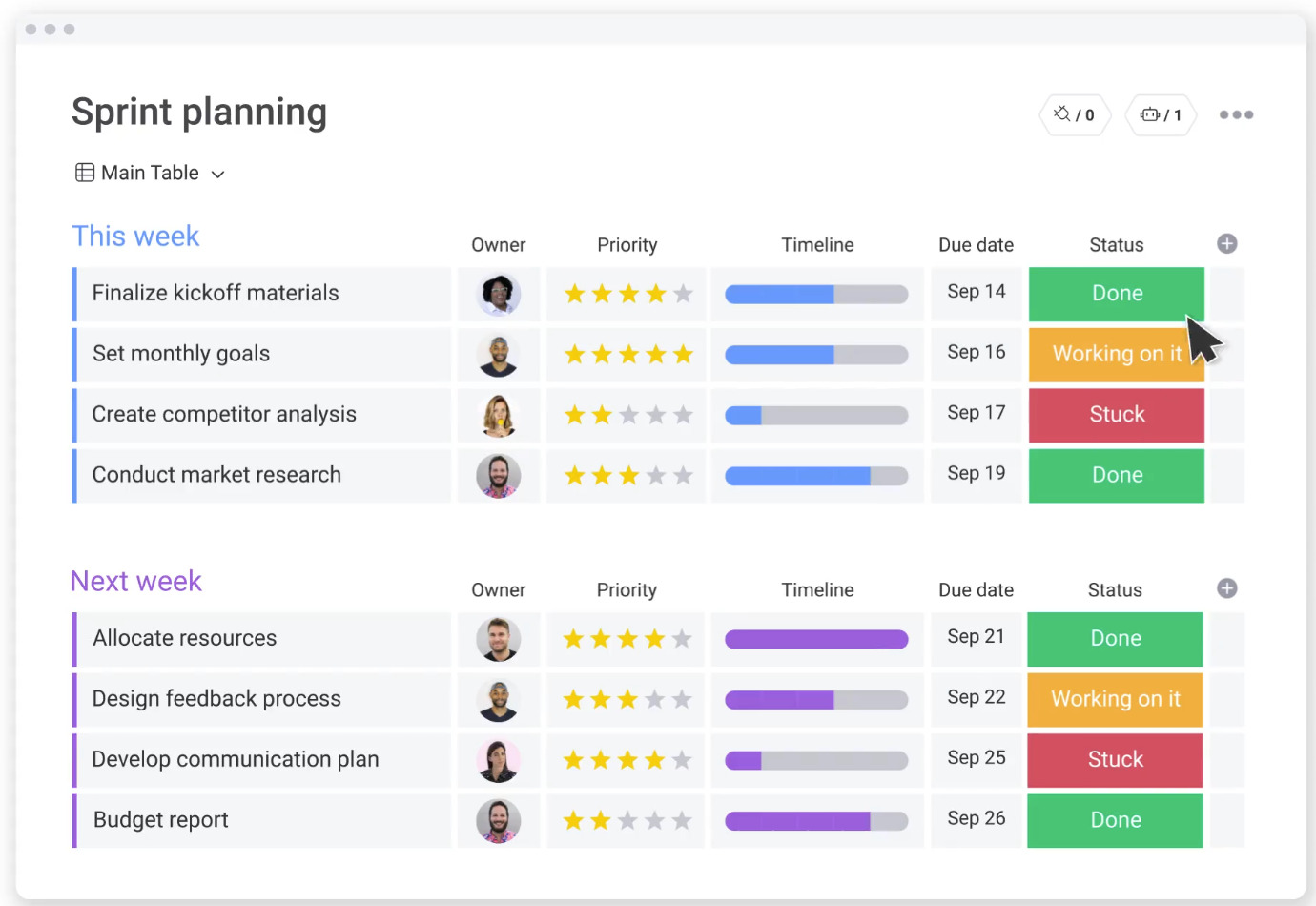 Source: Monday.com
Source: Monday.comGive your product or service another look through the lens of the four steps of the Hooked Model. By using it as a strategy for enterprise customer retention, you’ll see new opportunities for getting your users hooked for good.
Behavior Can Be Designed.
Download our course on Product Psychology.
Your email address is safe. I don't do the spam thing. Unsubscribe anytime. Privacy Policy.

Related Articles
- Schedule Maker: a Google Sheet to Plan Your Week
- Cancel the New York Times? Good Luck Battling “Dark Patterns”
- How to Start a Career in Behavioral Design
- A Free Course on User Behavior
- User Investment: Make Your Users Do the Work
- Variable Rewards: Want To Hook Users? Drive Them Crazy
- The Hooked Model: How to Manufacture Desire in 4 Steps
